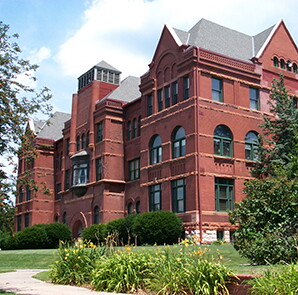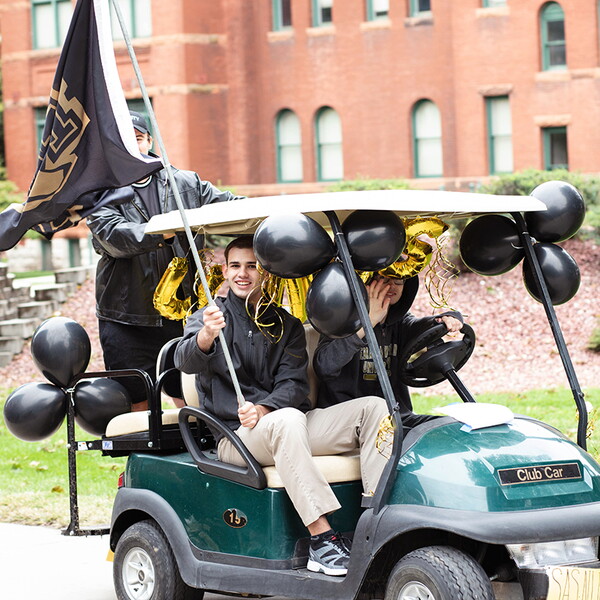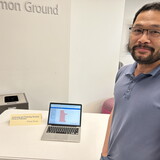This spring when millions were watching their national tournament brackets succeed or fail, a group of Nebraska Wesleyan University students were evaluating their own brackets.
And when the Louisville Cardinals were hoisting a championship trophy, NWU junior Jacob Herink was working toward hoisting his own trophy — in this case, a remote-controlled helicopter.
It was all part of the Math and Computer Science Department’s first Robocode Competition, where students program virtual robots to compete against each other.
Nathaniel Cunningham, assistant professor of physics, first learned of the idea while in graduate school. He shared the idea with his colleague, Bill McClung, professor of mathematics and computer science.
“It’s an interesting insight, I think, to see how a robot works,” said McClung. “It’s cool that you can write something so simple that can be so effective.”
Faculty worked alongside students in writing the computer code. Two competitions were held, a melee competition consisting of 10 rounds where all robots fought each other, and a single elimination competition where robots were placed in brackets, with all winners moving forward.
“I probably spent 20 to 30 total hours working on my robots,” said Herink, who created a second robot for the one-on-one competition after being dissatisfied with the first. “My idea was that the robot could move along the bottom of the screen and would only have to worry about things in those 180 degrees instead of the full 360 degrees.”
Herink’s theory worked. He and his robot “SimpleCrabBot” won one of two remote-controlled helicopters given to this year’s winners. Senior Platte Gruber also won.
While the competition may help fulfill students’ fascination with video games, it also provided them with a different experience in learning math, computer science, and physics concepts.
“It allowed me to brush up on Java, as well as build some creative programming skills,” said Herink. “I think this competition gives any competing student the opportunity to work with writing code and get a basic sense of how programming works.”













